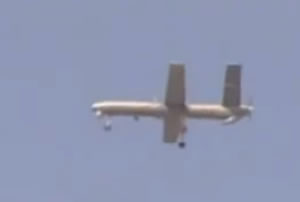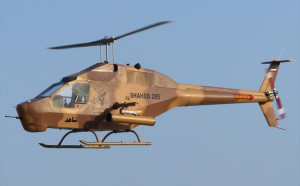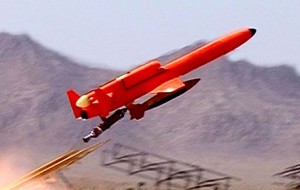JAKARTA-(IDB) : Kementerian Perindustrian (Kemperin) mengapresiasi dan menghargai keinginan salah satu perusahaan manufaktur dirgantara asal Amerika Serikat, United Technologies Corp.’s (UTC) Aerospace Systems, yang berencana untuk kembali berinvestasi sebesar US$ 40 juta.
Dengan investasi itu diharapkan akan meningkatkan kapasitas dan kapabilitas tenaga ahli pesawat terbang di Indonesia. “Peningkatan kapasitas dan kapabilitas dapat dengan cara menyediakan kesempatan on the job training di UTC Aerospace Systems bagi para ahli tenaga terbang,” kata Direktur Jenderal Kerjasama Industri Internasional, Agus Tjahajana Wirakusumah seusai mendampingi Wakil Menteri Perindustrian, Alex SW Retraubun yang menerima kunjungan Vice President Manufacturing UTC Aerospace Systems, Michael Heidorn di Ruang Nuri Kemenperin, Jakarta, Rabu (24/7).
Agus juga mengharapkan, UTC Aerospace Systems dapat mendorong tumbuhnya industri komponen pesawat terbang di Indonesia dengan cara menjalin kerja sama dengan industri komponen pesawat terbang. Saat penambahan investasi, Dirjen KII menyarankan agar UTC Aerospace Systems meningkatkan konten lokal dan berkolaborasi dengan partner dan suplier lokal yang ada di Indonesia. “UTC Aerospace Systems diharapkan dapat memasok kebutuhan perusahaan-perusahaan MRO (maintenance, repair and overhaul services) nasional sehingga dapat bersaing dengan MRO asing,” jelasnya.
Untuk diketahui, pertumbuhan jumlah penumpang domestik dan internasional yang dilayani oleh maskapai penerbangan nasional pada tahun 2012 diperkirakan mengalami pertumbuhan sekitar 16 persen jika dibandingkan jumlah penumpang di tahun sebelumnya.Saat ini, sebanyak 15 maskapai penerbangan niaga beroperasi di Indonesia dengan populasi pesawat sekitar 800 buah yang didominasi pesawat berbadan sempit atau narrow body. Adapun perusahaan MRO yang tersebar di seluruh Indonesia jumlahnya sebanyak 17 buah dengan potensi nilai pasar Maintenance, Repair, and Overhaul (MRO) domestik pada tahun 2015 diprediksi sebesar US$ 2 miliar.
Industri kedirgantaraan Indonesia saat ini memiliki 3.500 karyawan dengan 900 tenaga ahli yang mampu memproduksi pesawat terbang, helikopter, komponen pesawat terbang, alat peraga untuk menerbangkan pesawat atau flight simulator, serta menyediakan pelatihan dan jasa pemeliharaan untuk mesin-mesin pesawat.
UTC Aerospace Systems sendiri bergerak di bidang pembuatan dan penyediaan komponen pesawat terbang. Perusahaan dengan pegawai sebanyak 40.000 orang di seluruh dunia tersebut memiliki usaha patungan atau joint venture dengan PT Pindad (Persero) sejak tahun 1997 yang telah menyerap lebih dari 450 pegawai dengan penjualan hingga US$ 19 juta per tahun.
Sumber : BeritaSatu







.jpg)









